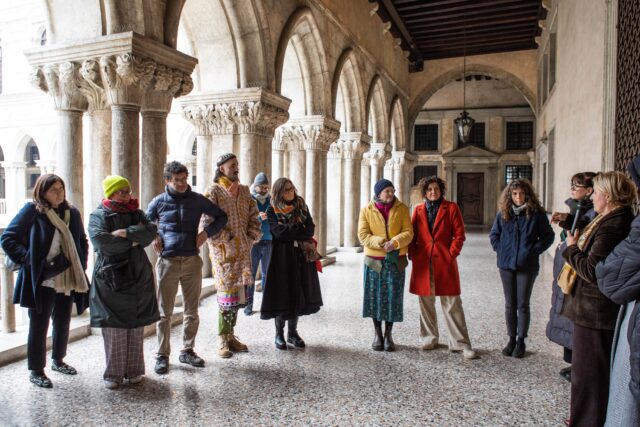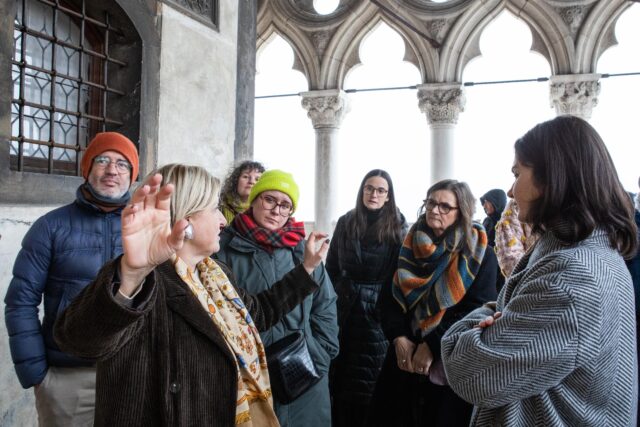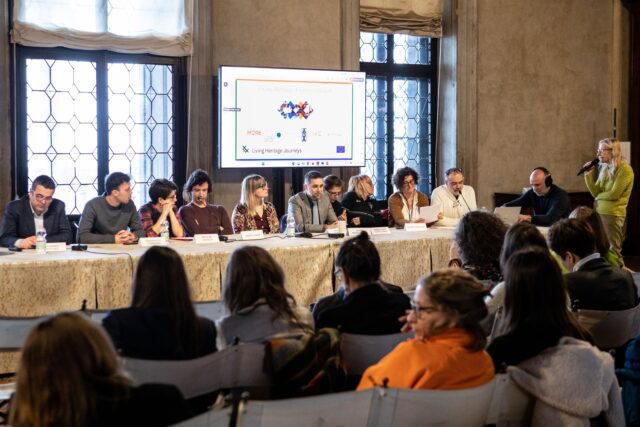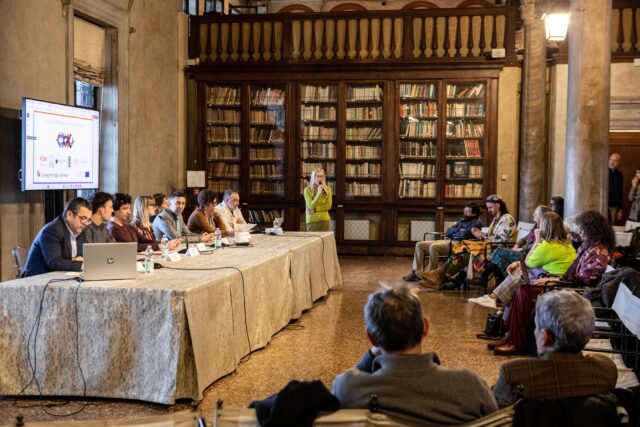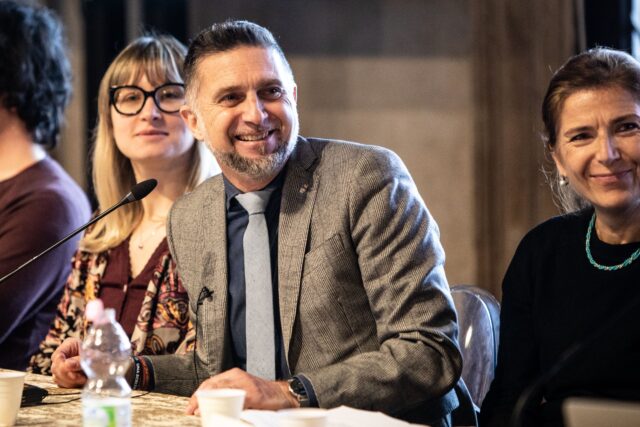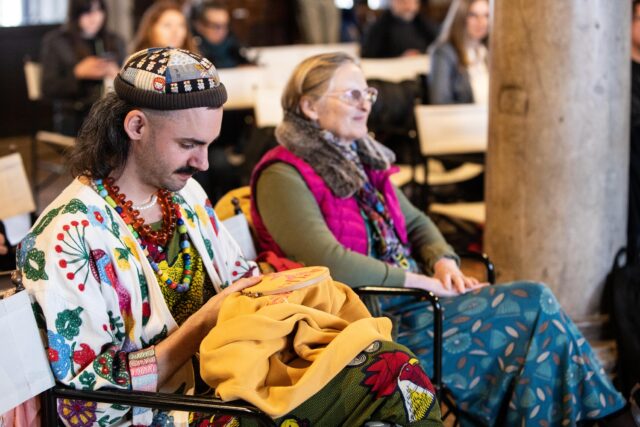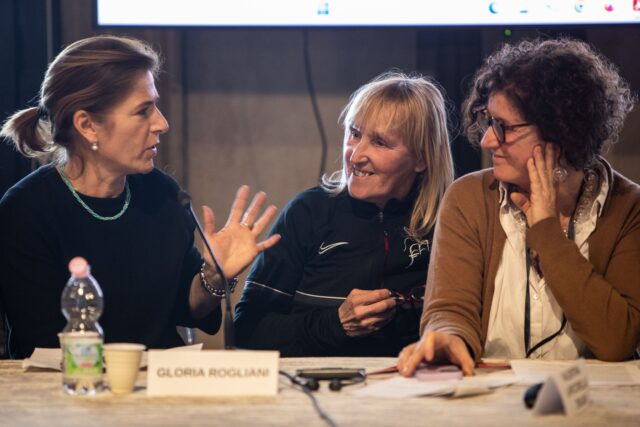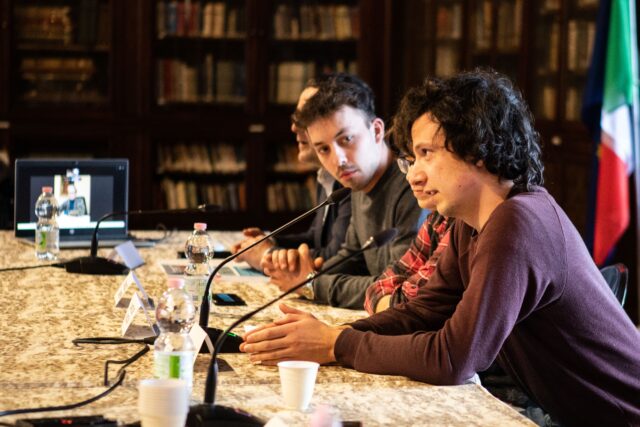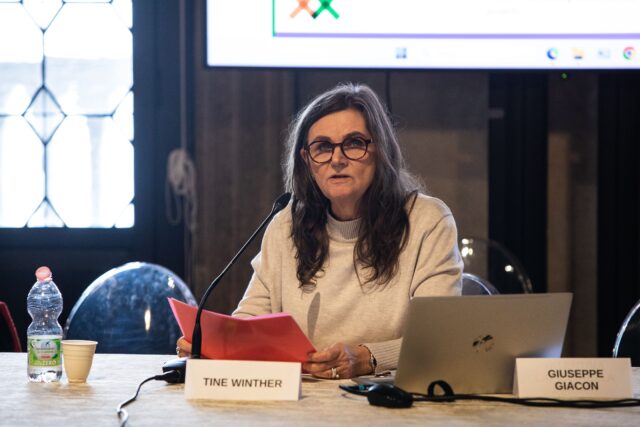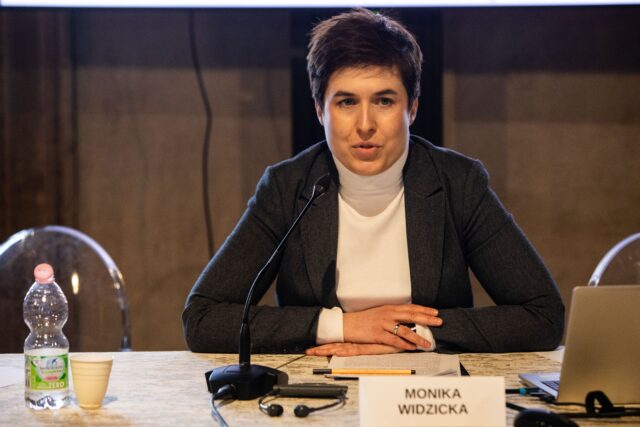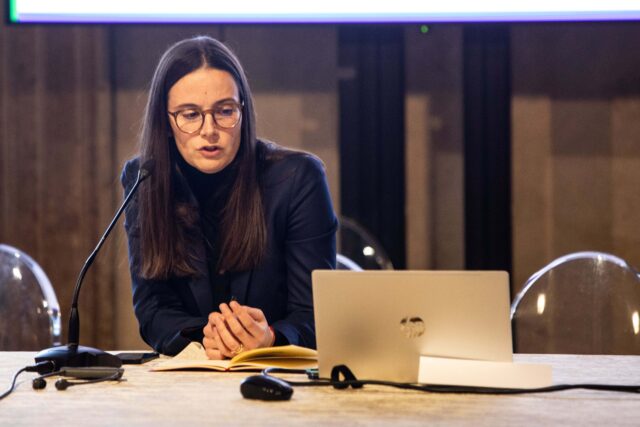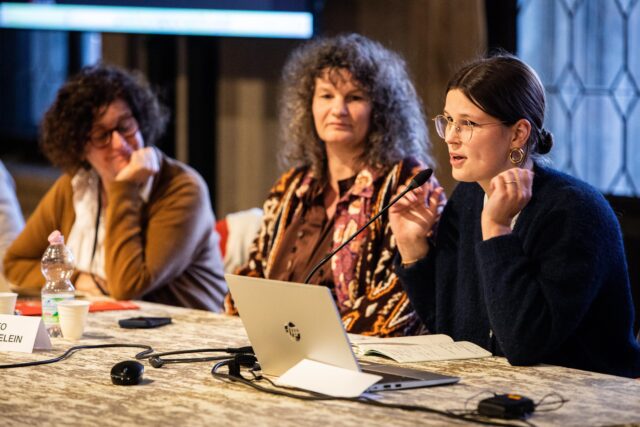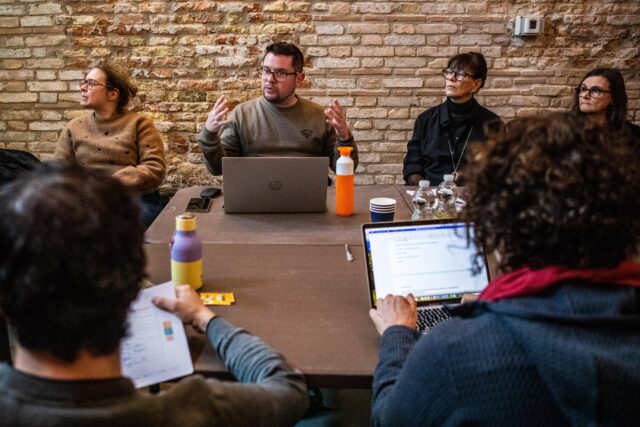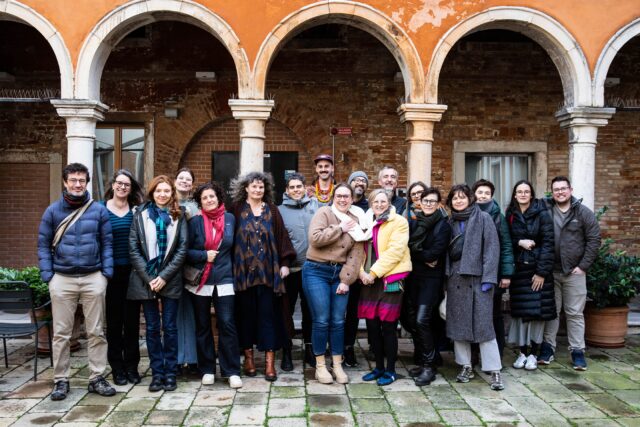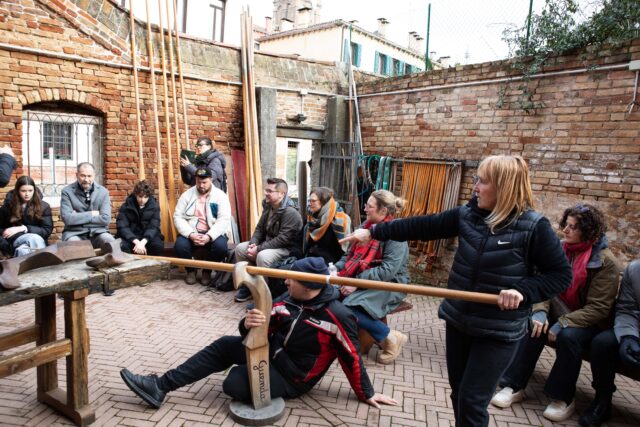Grasping the fundamentals
The first phase of the project gathers deep insights into the living heritage practices, heritage communities’ visions and wishes, visitor expectations, policy environments, and inspirational practices.
Here the Design thinking stages of Empathise and Define play a key role.
- Empathise involves a human-centred process to understand people and their needs.
- Define draws on the insights gathered to collaboratively determine the projects specific challenges and next steps.
Field research
Define
Understanding from the visitors and their perceptions
From our research, conducted at the pilot areas in the project partner countries, various interesting findings were made. Let’s take a look at how visitors experience living heritage, or how their visitations are influenced by living heritage.
- Living heritage positively enhances visitor experiences:
Exposure to living heritage makes visits more memorable, improves the atmosphere, and increases the overall appreciation of the destination. - Living heritage enhances destination value: Visitors associate living heritage with the unique identity of places, thereby increasing the likelihood of positive word-of-mouth and repeat visits.
- Tangibility and interactivity matter: Multi-sensory, visible, and participatory living heritage (e.g. storytelling, food tasting, workshops) leave a more substantial impact on visitors than more passive or abstract forms.
- Awareness and motivation vary by country:
- Sweden: Storytelling-based ICH had the strongest influence, with high awareness especially among museum visitors.
- Poland: Szopka tradition strongly shaped both visitor experiences and travel motivation, especially in winter.
- Belgium: Carillon culture played a minor role in travel decisions or visitor experiences.
- Italy: Moderate impact; visits were mostly local, and living heritage played a supportive rather than driving role.
- Croatia: High levels of repeat visits and group travel; food-related living heritage had a notable motivational pull.
- Demographics influence perception:
- Belgium had the youngest visitors and most diverse travel groups.
- Croatia had the oldest visitors and largest tour groups.
- Sweden saw an increase in international visitors, particularly families.
- Living heritage as a strategic tourism asset: It can serve as a key attraction if made accessible and engaging, particularly when it's experienced directly and tied to the identity of the location.
Project Meetings
Define
Consortiumpartners and think tank members together in Venice for transnational meeting - © Barabara Rigon
Think Tank
Define and Ideate
